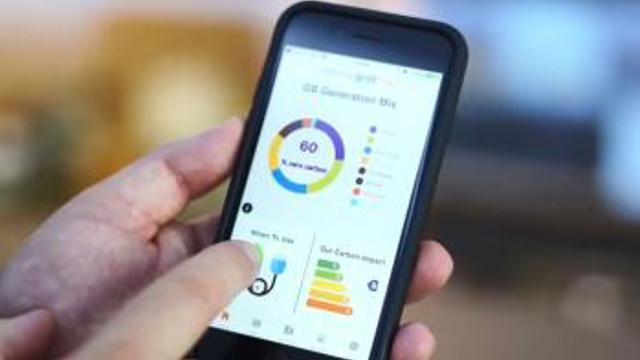Renewable energy will give Wales the power to prosper.
In our nation, people and nature will work together for a brighter, cleaner future.
Trydan Gwyrdd Cymru’s objective is to increase the value to Wales from renewable energy development, starting with the Welsh Government Woodland Estate.
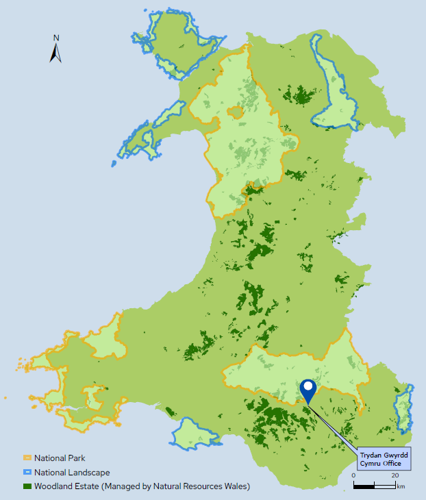
Welsh Government owns and manages large areas of land, which includes its Woodland Estate, managed by Natural Resources Wales (NRW), covering more than 126,000 hectares and representing nearly 6% of the country’s total land area.
While avoiding land within protected areas such as National Parks and Natural Landscapes, large areas of land within the Woodland Estate have been identified as appropriate for wind energy development. This is a smart solution, enabling the coexistence of commercial forestry, renewable energy generation, as well as other functions, including recreation (walking and bike trails and zip lines), habitat management and flood prevention.
Trydan Gwyrdd Cymru's aim is to deliver renewable energy projects across the public estate, and to optimise the benefits to Wales from a portfolio of wind energy projects, and potentially other smart energy solutions. The eventual footprint of Trydan Gwyrdd Cymru projects, contributing to ensuring Wales’s power needs are met, will be a tiny proportion of this landholding.
We will apply our years of experience and work together with others to ensure local communities derive meaningful benefit from projects they are involved in, and income goes back to the Welsh Government to help deliver on its ambitious initiatives and targets.
Projects under development – discover more with one click
The interactive map shows the locations where Trydan Gwyrdd Cymru is developing renewable energy projects – the start of our power to prosper mission. For further information on each project, click on the project location in the map to see more details and access the project website, or use the drop down menu.
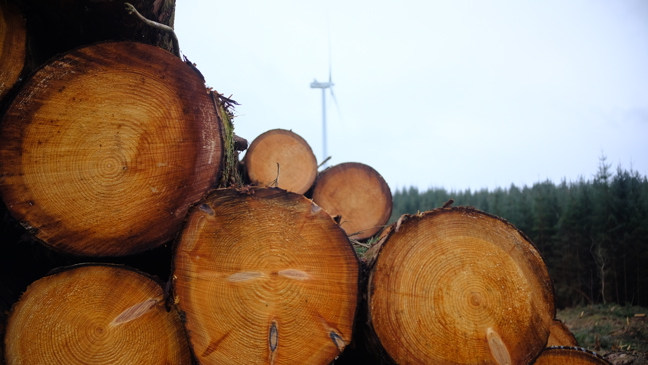
Commercial, recreational and nature-friendly activities already take place on the woodland estate today. There is room for more wind farm development and operation alongside these ventures.
We identify suitable locations by considering as much relevant information as possible, from the physical attributes of a hillside – like, how windy it is and whether large components can access it; to what and who is living there already.
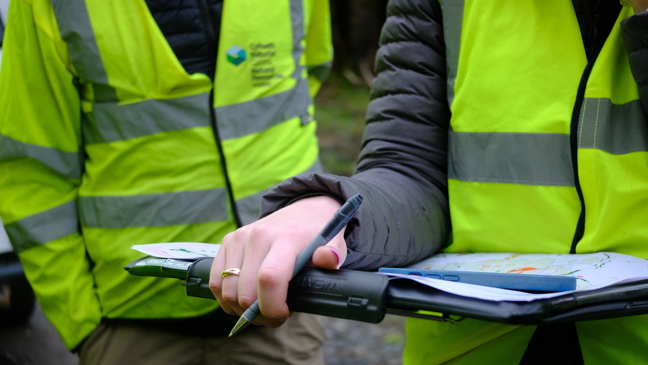
Up to now, we have looked at existing data. There is a lot. Our aim is to narrow down our search, to sites with the best potential to deliver much needed clean, green energy, as well as social and environmental benefits. At promising sites, we will need to undertake bespoke surveys, and focused investigations. For example, we need to observe bird life in and around the site, over several seasons.
Our aim is to fully understand the behaviours of all the species on site, and the types of habitats they occupy, to ensure harmonious coexistence is possible. Responsible development takes time and care.
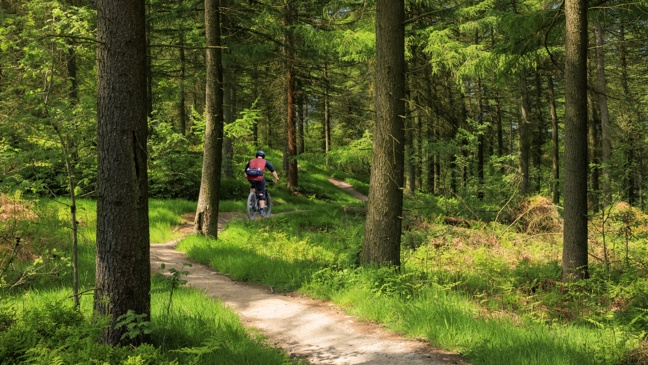
To learn about what people value in a locality, and what they might hope to see enhanced or protected in the future, of course we need to ask. And listen.
We will be approaching local experts, including local communities, to get their help, at a very early stage in potential site identification, before major decisions are made. Locating and shaping the best possible projects, where wind energy generation can coexist harmoniously with others, where decision-making is robust, and developments contribute to local resilience, is a big, collective effort.
Do we need more renewable energy?
Wales is a beautiful country, loved and enjoyed by residents and visitors alike. But here too, we are already experiencing the effects of climate change, from flooding, to biodiversity loss, to rising prices of food and other essentials resulting from climate-related cost increases at home and across the globe.
To be climate smarter, more nature-friendly and ensure that negative effects impacting climate-vulnerable people, today and in the future, are avoided as far as possible, we need to reduce emissions of greenhouse gases into the atmosphere. The most prevalent of these is carbon dioxide. We can, and must do this in lots of ways. In simple terms, we can reduce how much energy we use and we can transition towards renewable energy generation and use. The fastest, most cost-effective way to do this at scale is by developing larger (utility-scale) onshore wind farms.
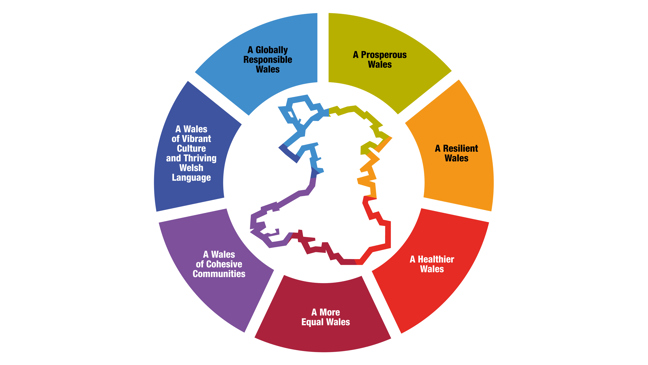
Large-scale onshore renewable energy developments, in the right location, have strong policy support. Ensuring more of the value from projects in Wales is retained here, and enabling local people, communities and organisations to be part of shaping a brighter, greener, more prosperous future, we can accelerate the energy transition here.
Let’s work together.
How much do you know about the electricity powering your home, your school, your work?
Some smaller scale local energy generation plants provide power for very local use, but most larger (sometimes called “utility-scale”) generators contribute to a national system, managed by the electricity system operator, moving electricity around the country, keeping the lights on. The map shows how electricity flows to and from regions of Great Britain during the day and night. Different sources contribute to the available electricity we rely on. This is called the energy mix. Fossil fuel plants like gas powered stations are very carbon intensive, while renewable energy is carbon-free.
You can see that the energy consumed and flowing from Wales is consistently carbon intensive. This carbon intensity is what the energy transition aims to reduce. It can’t be an abrupt change, as we need to develop complementary technologies to balance and store energy, so it’s always there when we need it, in factories, in hospitals, in laboratories, in shops, and in homes. Many organisations and companies are innovating the technological solutions we need to reach Net Zero.
If we produce more home-grown, locally-owned, low-carbon renewable energy, we:
- improve our energy security (meaning we’re less dependent on foreign imports and the risks associated with that type of trade),
- help bring down the cost of energy in the long run,
- keep more of the benefits and profits associated with generating electricity in Wales, and
- be part of a global movement to tackle the climate and biodiversity crises.
ESO's Carbon-intensity dashboard
If the UK is going to achieve net zero by 2050, the Electricity System Operator, together with industry, must deliver a net zero electricity system. Discover what has been achieved already, and why we need more low-carbon energy generation, with the live Carbon Intensity Dashboard from the National Grid.
View the Carbon Intensity Dashboard